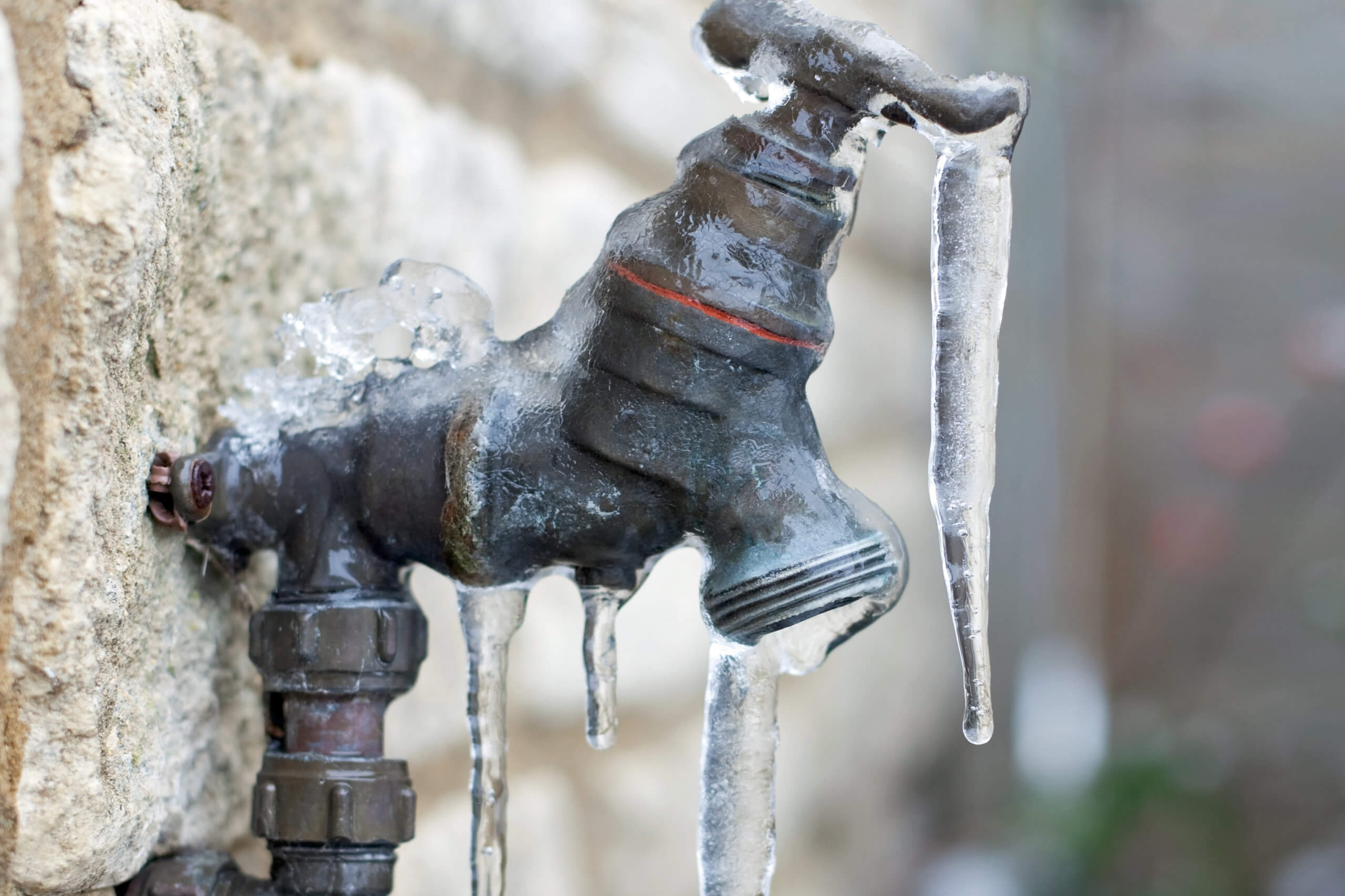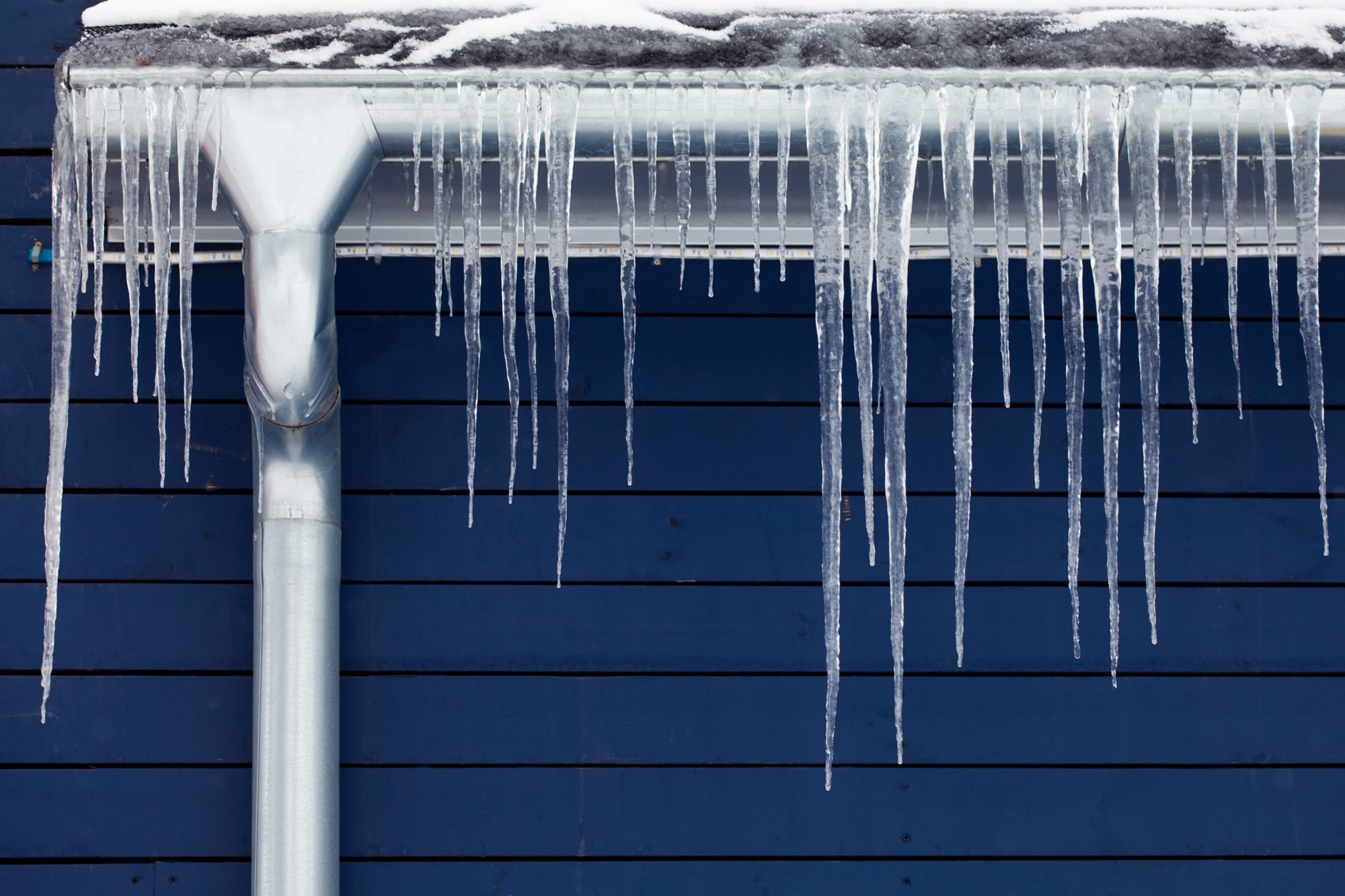Protecting Against Frozen Plumbing: Effective Methods for Cold Weather
Protecting Against Frozen Plumbing: Effective Methods for Cold Weather
Blog Article
This great article which follows involving Helpful Tips to Prevent Frozen Pipes this Winter is especially stimulating. You should take a look.

Winter can damage your pipes, especially by freezing pipes. Right here's how to stop it from happening and what to do if it does.
Intro
As temperature levels decrease, the threat of icy pipelines boosts, potentially bring about costly repairs and water damage. Understanding how to prevent icy pipelines is vital for house owners in cold environments.
Comprehending Frozen Pipelines
What creates pipelines to ice up?
Pipelines freeze when exposed to temperature levels listed below 32 ° F (0 ° C) for extended periods. As water inside the pipelines freezes, it broadens, taxing the pipe walls and possibly causing them to break.
Risks and problems
Icy pipes can bring about water system disturbances, building damage, and costly repair services. Ruptured pipelines can flooding homes and create extensive structural damage.
Signs of Frozen Pipes
Determining icy pipelines early can stop them from rupturing.
Just how to recognize icy pipes
Try to find lowered water circulation from taps, uncommon smells or sounds from pipelines, and noticeable frost on exposed pipes.
Prevention Tips
Shielding at risk pipelines
Cover pipelines in insulation sleeves or use warm tape to secure them from freezing temperature levels. Concentrate on pipes in unheated or external areas of the home.
Heating methods
Keep interior spaces adequately warmed, particularly areas with plumbing. Open cupboard doors to allow cozy air to circulate around pipelines under sinks.
Protecting Outside Plumbing
Yard tubes and outside taps
Detach and drain pipes garden tubes prior to wintertime. Install frost-proof spigots or cover outdoor faucets with protected caps.
What to Do If Your Pipelines Freeze
Immediate actions to take
If you presume icy pipelines, maintain taps available to relieve stress as the ice thaws. Make use of a hairdryer or towels soaked in hot water to thaw pipelines slowly.
Long-Term Solutions
Structural modifications
Think about rerouting pipelines far from outside walls or unheated areas. Include additional insulation to attics, cellars, and crawl spaces.
Updating insulation
Invest in top quality insulation for pipelines, attic rooms, and wall surfaces. Proper insulation helps keep constant temperature levels and minimizes the danger of frozen pipelines.
Verdict
Stopping frozen pipelines calls for aggressive steps and fast actions. By comprehending the reasons, indicators, and safety nets, home owners can protect their pipes during cold weather.
6 Proven Ways to Prevent Frozen Pipes and Protect Your Home
Disconnect and Drain Garden Hoses
Before winter arrives, start by disconnecting your garden hoses and draining any remaining water. Close the shut-off valves that supply outdoor hose bibs and leave the outdoor faucet open to allow any residual water to drain. For extra protection, consider using faucet covers throughout the colder months. It’s also important to drain water from any sprinkler supply lines following the manufacturer’s directions.
Insulate Exposed Pipes
Insulating your pipes is an effective way to prevent freezing. Pipe insulation is readily available at home improvement stores and is relatively inexpensive. Pay close attention to pipes in unheated areas such as the attic, basement, crawl spaces, or garage. Apply foam insulation generously to create a buffer against the cold. You can also wrap your pipes in heat tape or thermostat-controlled heat cables for added warmth.
Seal Air Leaks
Inspect your home for any cracks or openings that could let in cold air. Seal any holes around the piping in interior or exterior walls, as well as the sill plates where your home rests on its foundation. Additionally, make sure to keep your garage door closed unless you’re entering or exiting. Leaving it open creates a significant air leak that can lead to frozen pipes.
Allow Warm Air Circulation
During cold snaps, it’s essential to allow warm air to circulate evenly throughout your home. Leave interior doors ajar to promote better airflow. Open kitchen and bathroom cabinets to help distribute heat consistently around the rooms. If you have small children or pets, be sure to remove any household chemicals or potentially harmful cleaners from open cabinets for safety.
Let Faucets Drip
A small trickle of water can make a big difference in preventing ice formation inside your pipes. When temperatures drop significantly, start a drip of water from all faucets served by exposed pipes. This continuous flow helps prevent the water from freezing. Additionally, running a few faucets slightly can relieve pressure inside the pipes, reducing the chances of a rupture if the water inside does freeze.
https://choateshvac.com/6-proven-ways-to-prevent-frozen-pipes-and-protect-your-home/

As a keen reader on 6 Ways to Prevent Frozen Pipes, I think sharing that excerpt was worthwhile. Are you aware of somebody else who is curious about the subject? Do not hesitate to share it. We enjoy reading our article about How to Prevent Your Pipes From Freezing.
Get Started Report this page